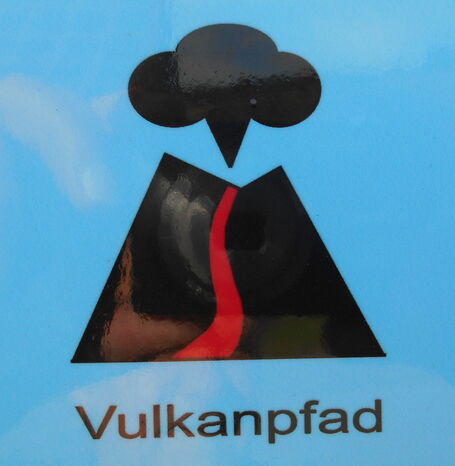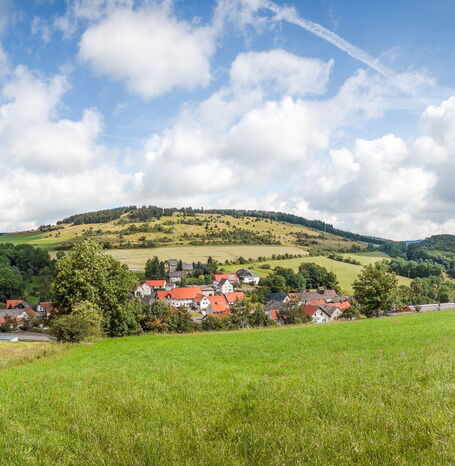The volcano and history trail takes you back in time on the traces of the Welleringhausen volcano. Mountains and valleys, quarries and tunnels, but also the natural stones in the townscape and peculiarities of the flora - the volcano and its deposits have shaped the landscape and cultural history around Welleringhausen until today.
These are solidified lava masses that erupted about 340 million years ago during a violent submarine volcanic eruption and were deposited on the sea floor. Hot waters rich in iron and silica flowed through the basalt body. In contact with the seawater, these cooled down. Red iron pebbles and red ironstones were formed, which can be found in the Springegraben. At the same time, a sequence of colorful, pebbly clay shales and limestones, the so-called siliceous shales and siliceous limestones, were deposited in the former sea basin.
The Welleringhausen Volcano and History Trail begins at the fire station in Welleringhausen (Zum Sonnenberg 12). Ten stations provide information about geological and botanical features as well as the history of the village with the Romanesque Abraham Church. Since the path leads partly over field and forest paths, we recommend sturdy shoes.



